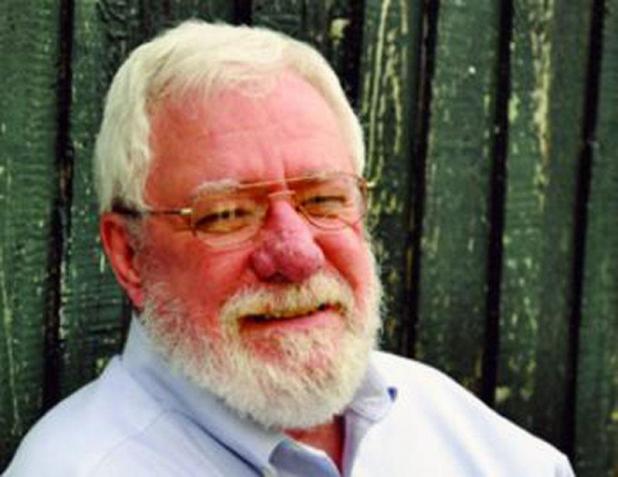
Jim Bradshaw
He was neither fool nor fraud
Questions turned into consternation when a mysterious stranger tried to buy every square inch of public land in Cameron Parish in 1883.
The news of the offer first appeared in the Lake Charles Commercial in May, in a report that “a gentleman from Cameron Parish … went to Baton Rouge [to buy] some State lands, and was informed … that an application had already been made [for] all of the State lands in that parish.”
The Cameron gentleman was so flummoxed that he “returned as he went, not even being able to ascertain who it was that made application for the lands.”
The Commercial’s editors complained that “a large proportion” of the land bought in this “land grab” had been “fraudulently entered at the rate of 12½ cents an acre as lands subject to tidal overflow.” The newspaper claimed the land was actually dry and worth 75 cents an acre, but that the sale was likely to stand because state law regulating it was “nothing but an encouragement to fraud and perjury.”
The buyer turned out to be Kansas banker Jabez B. Watkins, who saw things in the marsh mud that others had missed. Opinion changed after he explained his plans to the New Orleans Item. People decided he was a fool, not a fraud.
It turned out he was neither.
“He is quite a young man, but seems to be full of that calm determined energy which is certain to achieve success,” the Item reported. “He says he has heard so much of Louisiana swamps and marshes that curiosity impelled him to come and take a look at them, and the more he saw the higher his appreciation rose.”
He eventually bought up more than a million acres in Cameron and Calcasieu parishes, paying 12½ cents for marshland but a little more for higher ground. The New Orleans States reported later that “knowing ones” said “nearly the entire parish of Cameron has been purchased … and that the name of the parish will shortly be changed from Cameron to Watkins.”
The southwest Louisiana wetlands had until then been regarded as useless for anything but grazing cattle, and not very useful for that. But Watkins assured the newspapers that “if leveled and drained … they will be … quite as productive as the finest alluvial lands in the State.”
He said he intended to begin a huge reclamation project, using “the finest machinery which can be obtained. … Large drains will be made, half a mile apart, levees will be constructed wherever necessary, and where the ground is sufficiently drained for cultivation steam gang-plows of the most approved pattern will be used to turn up the virgin soil and subject it to the mellowing influence of the sun and the atmosphere.”
Watkins said no land anywhere in Louisiana would be better suited for growing rice, oranges, sugarcane, and other crops. Reclamation would be “expensive and relatively slow,” he said. Land not suitable for crops would be “devoted as far as possible to grazing … [such] as the stock [that] will be placed thereon [and] the climate and conditions will bear.”
His plan for rice fields in the lowest parts of the marsh did not work out. Levees made by stacking marsh mud on top of marsh mud were too soggy and porous. But the rest of it turned out pretty well. The scheme was hugely successful on land where rice could be irrigated with fresh water. Watkins made a fortune.
It didn’t hurt anything that he was a peerless promoter. He bought a newspaper in New York to publicize his vision of a bountiful south Louisiana and later moved it to Lake Charles, where it became the forerunner to the American Press. He outfitted a railroad car with Louisiana products and his land company’s brochures and toured the Midwest. When yellow fever and malaria scares threatened to keep settlers away, Watkins organized the Telegraph Medicine Company to advertise and sell a patent medicine to take care of those and other diseases. He formed the Watkins Railroad to haul crops to market, built a mortgage banking conglomerate, and invested in other businesses drawn to south Louisiana by his success.
By the time he died in 1921 his business had grown into an empire with offices in Lake Charles. Dallas, New York, and London. His estate included seven corporations holding 200 smaller companies, more than 200 farms mostly in Kansas, and more than 100,000 acres of land in Texas and Louisiana.
Nobody described him then in anything but glowing terms. The foolish speculator was lauded as one of the greatest developers ever in south Louisiana.
You can contact Jim Bradshaw at jimbradshaw4321@gmail.com or P.O. Box 1121, Washington LA 70589.
